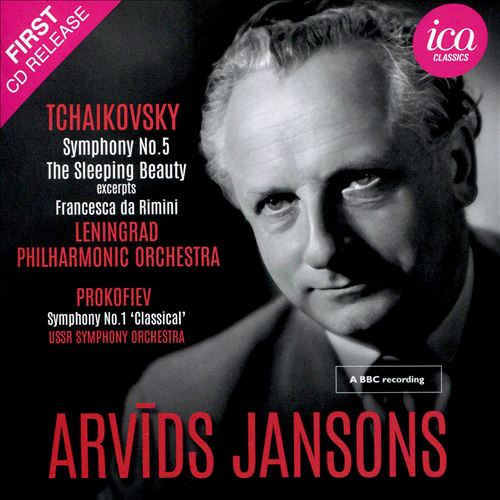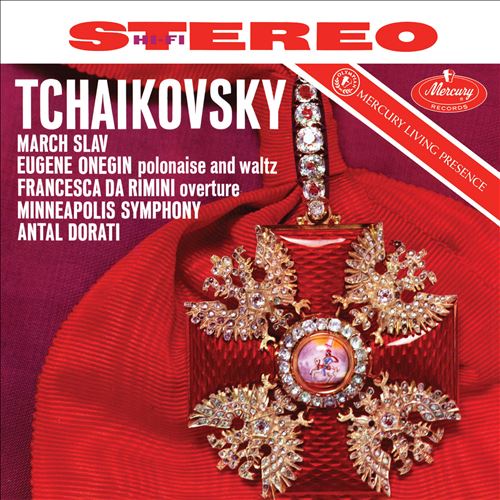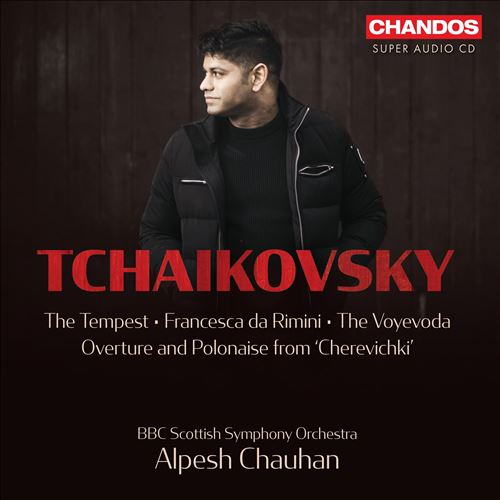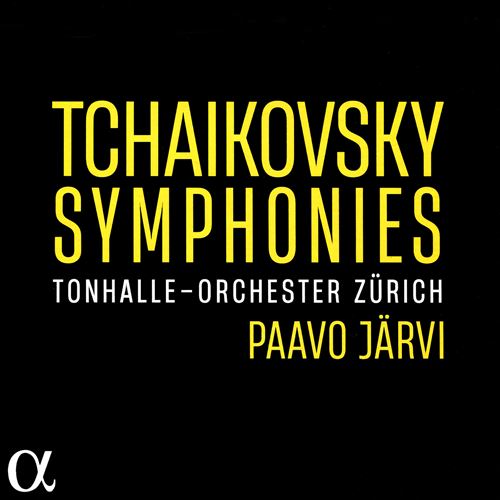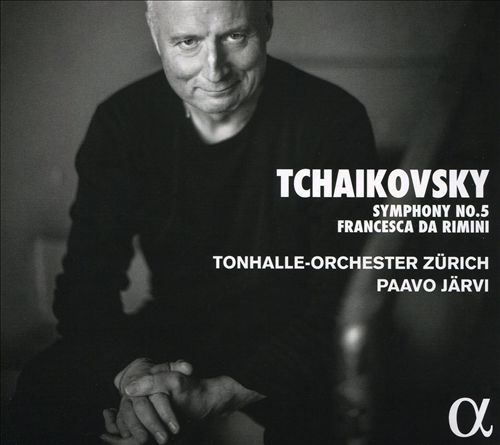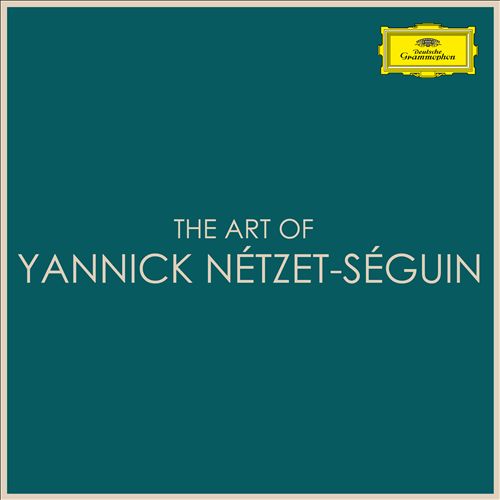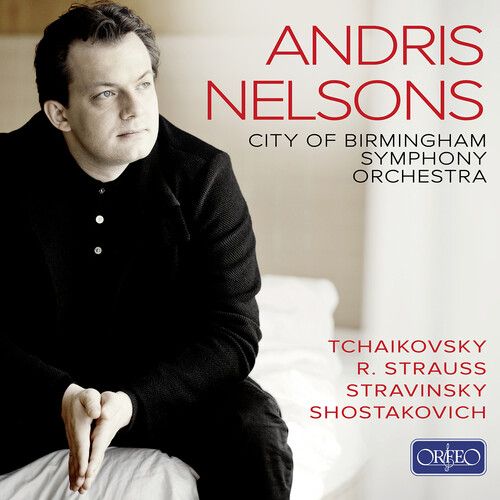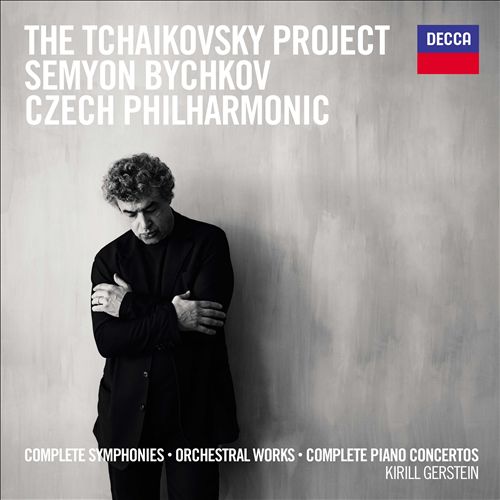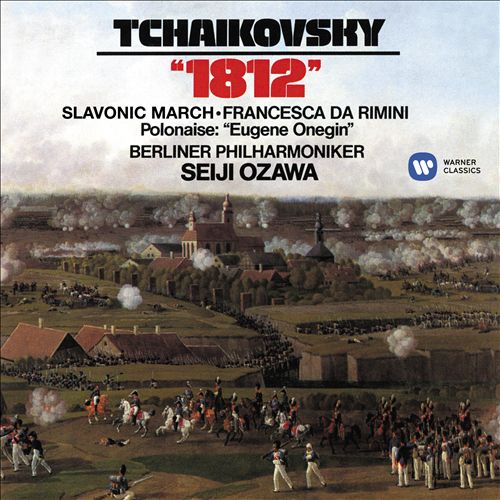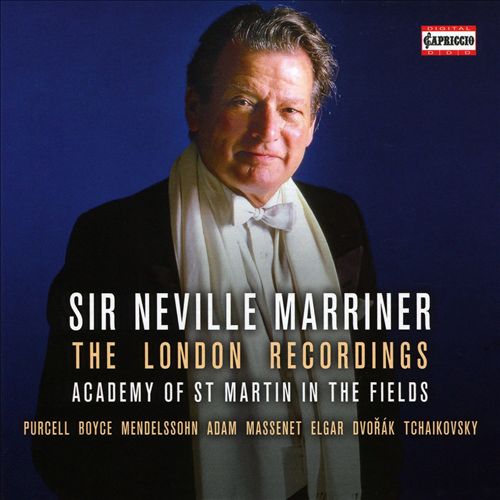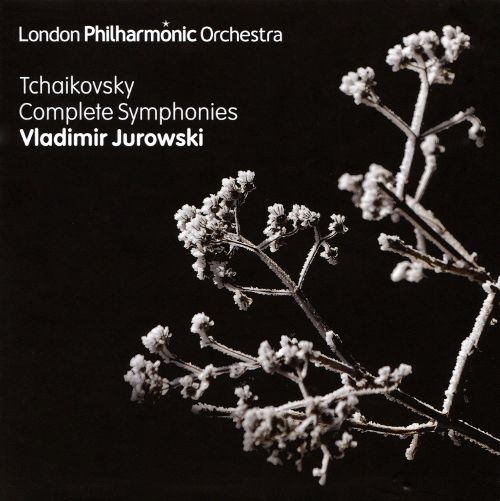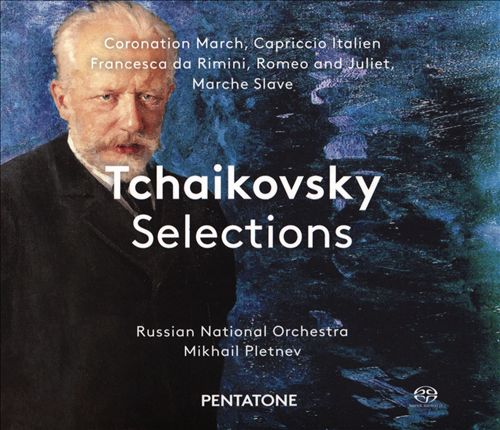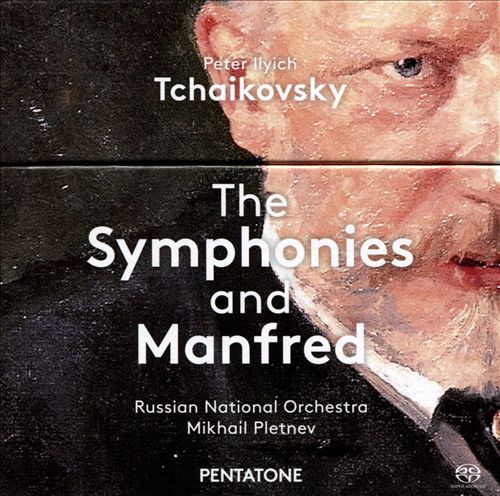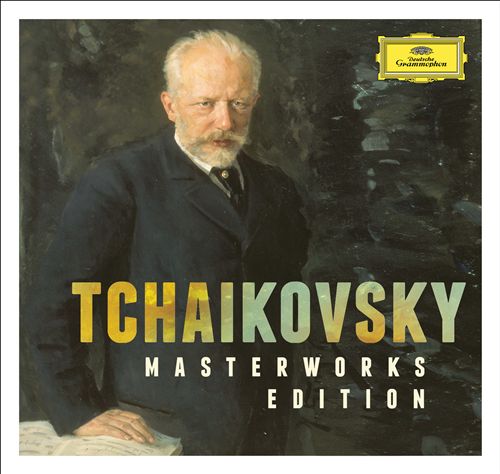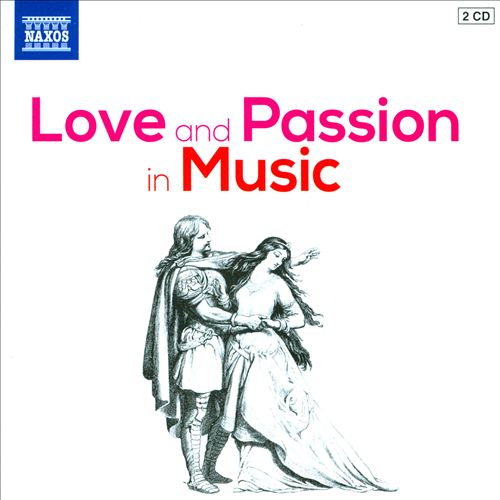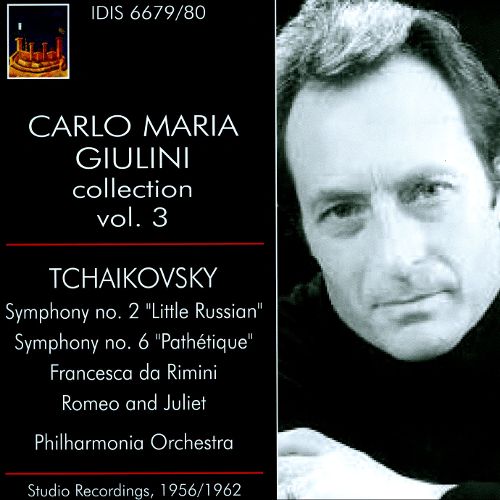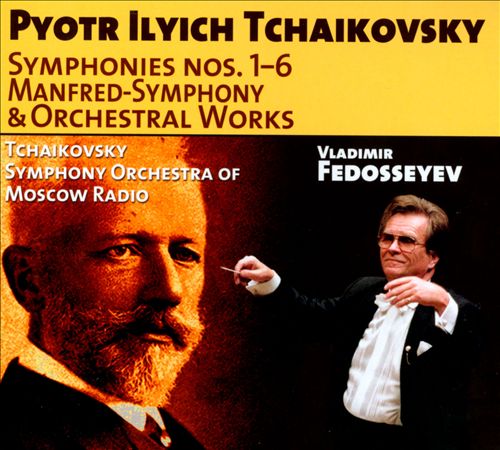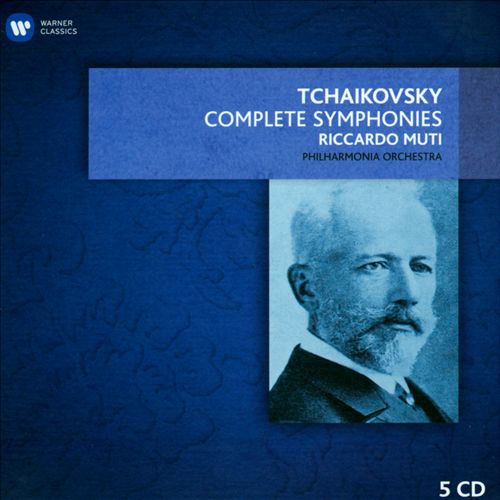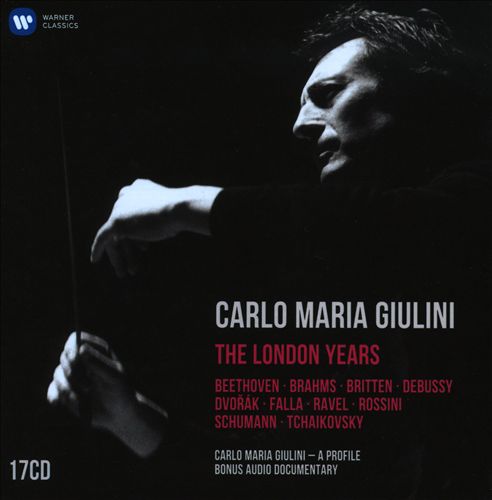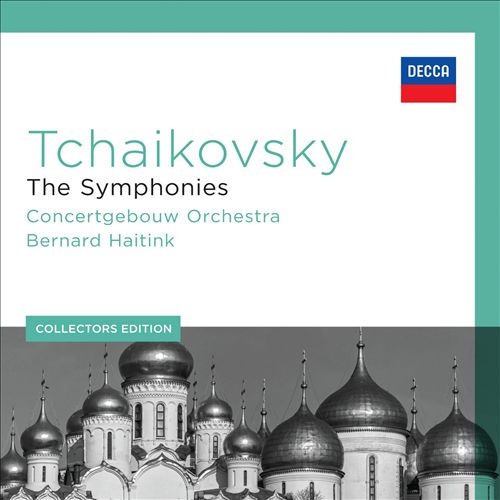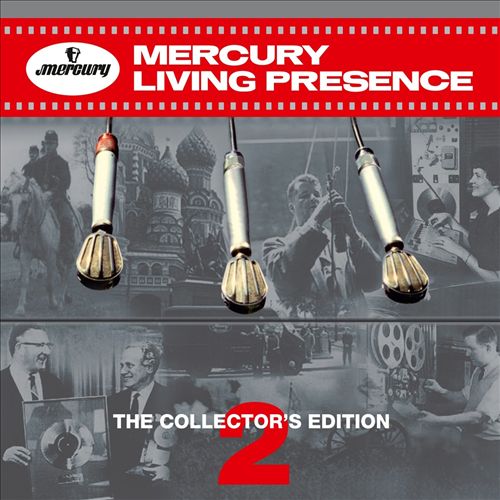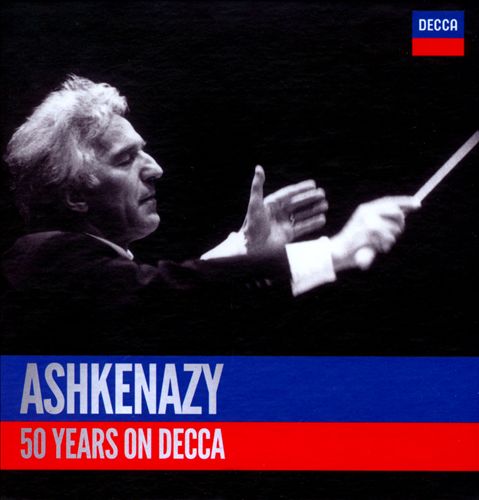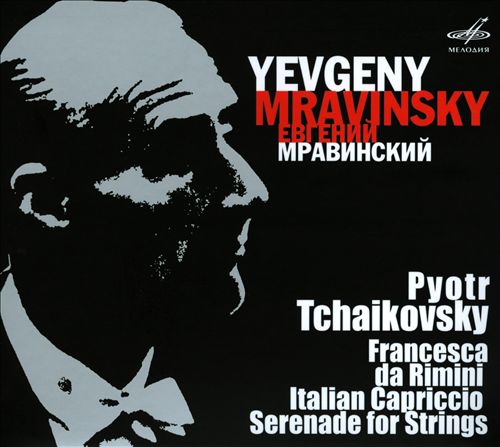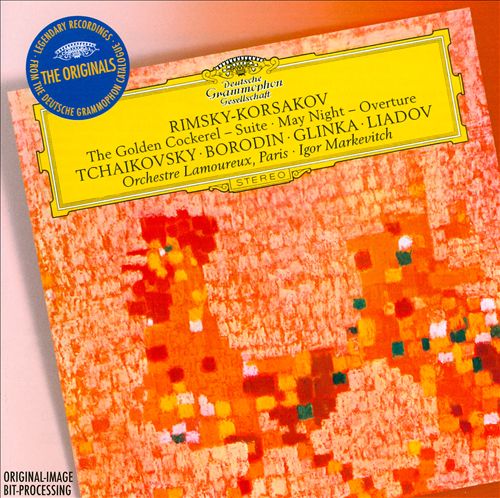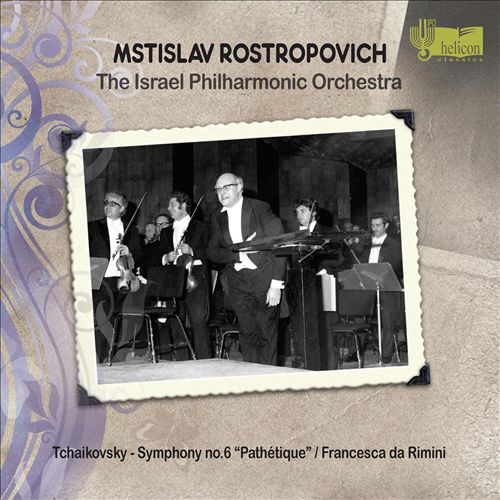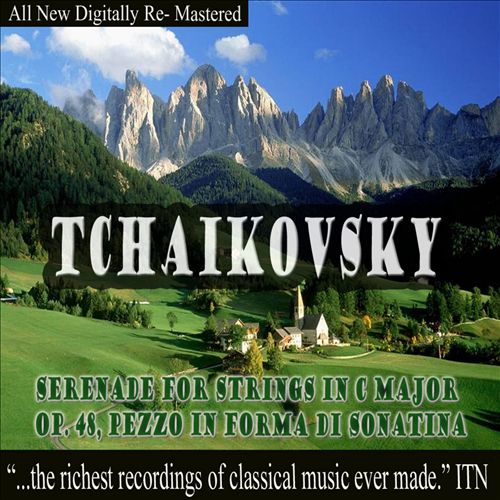Pyotr Il'yich Tchaikovsky (표트르 일리치 차이콥스키)
Francesca da Rimini in E minor, Op. 32
100
10,000
1,400
WORK INFO
작곡가: Pyotr Il'yich Tchaikovsky (표트르 일리치 차이콥스키)작곡년도: 1876평균연주: 23:51악장1Andante lugubre3:592Allegro vivo5:203Andante cantabile non troppo11:054Allegro vivo3:48Pyotr Ilyich Tchaikovsky's symphonic poem Francesca da Rimini: Symphonic Fantasy after Dante, Op. 32, was composed in less than three weeks during his visit to Bayreuth in the autumn of 1876. It is dedicated to his friend and former pupil Sergei Taneyev. In this fantasia, Tchaikovsky presents a symphonic interpretation of the tragic tale of Francesca da Rimini, a beauty who was immortalized in Dante's Divine Comedy. In the fifth canto of Inferno, Dante the narrator meets the shade of Francesca da Rimini, a noblewoman who fell in love with the brother of her cruel husband. After the lovers were discovered and killed in revenge by the husband, they were condemned to Hell for their adulterous passions. In their damnation, the lovers are trapped together in a violent storm, whirled through the air around the second circle of Hell, never to touch the ground again. They are tormented most of all by the ineradicable memory of the joys and pleasures of the embraces they shared in life. In writing Francesca da Rimini, Tchaikovsky expressed a poignant identification with the heroine and her tragic fate, a sympathy which was also dramatically evoked in his ballet Swan Lake and the Romeo and Juliet Fantasy-Overture. This symphonic poem, perhaps more than any other of Tchaikovsky's works, shows the possible influence of Franz Liszt, both musically and in terms of subject matter, and Richard Wagner, whose music dramas Tchaikovsky had traveled to Bayreuth to review. Liszt frequently chose subjects of a Gothic, diabolical nature: the Totentanz (1849), Sonata Après une lecture de Dante (1856), and Dante Symphony (1857) are cases in point. Tchaikovsky's use of swirling chromaticism in the depiction of the winds of the second circle of Hell also resembles Liszt, as well as Edvard Grieg's depiction of a stormy evening in his incidental music to Act V of the play Peer Gynt . As for Wagner, while Tchaikovsky generally did not care for his work, he freely acknowledged its influence on Francesca to Taneyev. The piece has a duration of around 25 minutes.
The music is scored for 3 flutes (third doubling piccolo), 2 oboes, english horn, 2 clarinets in A, 2 bassoons, 4 horns, 2 cornets in A, 2 trumpets in E, 3 trombones, tuba, timpani, bass drum, cymbals, tam tam, harp and strings.From WIKIPEDIA
RELEASED ALBUMS
-
Tchaikovsky: Symphony No. 5; The Sleeping Beauty; Francesca da Rimini; Prokofiev: Symphony No. 1March 8, 2024
-
Tchaikovsky: Marche Slav; Eugene Onegin Polonaise and Waltz; Francesca da Rimini OvertureJune 23, 2023
-
Tchaikovsky: The Tempest; Francesca da Rimini; The Voyevoda; Overture and Polonaise from CherevichkiJune 2, 2023
-
Tchaikovsky SymphoniesOctober 8, 2021
-
Tchaikovsky: Symphony No. 5; Francesca da RiminiNovember 13, 2020
-
The Art of Yannick Nézet-SéguinNovember 6, 2020
-
Tchaikovsky, R. Strauss, Stravinsky, ShostakovichNovember 15, 2019
-
The Tchaikovsky Project: Complete Symphonies, Orchestral Works, Complete Piano ConcertosAugust 30, 2019
-
Tchaikovsky: 1812, Slavonic March, Francesca da Rimini & Polonaise from Eugene OneginJune 7, 2019
-
Sir Neville Marriner: The London RecordingsAugust 10, 2018
-
111 Tchaikovsky MasterpiecesMay 11, 2018
-
Leonard Bernstein: Complete Recordings on Deutsche Grammophon & DeccaMarch 9, 2018
-
Tchaikovsky: Complete SymphoniesSeptember 15, 2017
-
Tchaikovsky SelectionsApril 8, 2016
-
Tchaikovsky: The Symphonies; ManfredSeptember 11, 2015
-
Tchaikovsky: Masterworks EditionAugust 21, 2015
-
The Tchaikovsky AlbumMay 19, 2015
-
20 Basics: TchaikovskyMarch 27, 2015
-
Love and Passion in MusicNovember 11, 2014
-
Carlo Maria Giulini Collection, Vol. 3October 14, 2014
-
Pyotr Ilyich Tchaikovsky: Symphonies Nos. 1-6; Manfred-Symphony; Orchestral Works (CD 1-3 of 6)September 30, 2014
-
Tchaikovsky: Complete SymphoniesSeptember 2, 2014
-
Carlo Maria Giulini: The London YearsNovember 4, 2013
-
Tchaikovsky: The SymphoniesSeptember 2, 2013
-
Mercury Living Presence: The Collector's Edition, Vol. 2April 8, 2013
-
Vladimir Ashkenazy: 50 Years on Decca [Limited Edition]March 4, 2013
-
Tchaikovsky: Francesca da Rimini; Italian Capriccio; Serenade for StringsNovember 12, 2012
-
Rimsky-Korsakov: The Golden Cockerel Suite; May Night OvertureSeptember 3, 2012
-
Tchaikovsky: Symphony No. 6 "Pathétique"; Francesca da RiminiMay 7, 2012
-
Tchaikovsky: Serenade for Strings, Op. 48; Francesca da Rimini, Op. 32February 6, 2012
FEATURED MOVIES
-
 13:34차이콥스키: 리미니의 프란체스카 in E minor, Op. 32 part 1 of 2
13:34차이콥스키: 리미니의 프란체스카 in E minor, Op. 32 part 1 of 2 -
 10:40차이콥스키: 리미니의 프란체스카 in E minor, Op. 32 3. Andante cantabile non troppo1991Frankfurt
10:40차이콥스키: 리미니의 프란체스카 in E minor, Op. 32 3. Andante cantabile non troppo1991Frankfurt -
 08:32차이콥스키: 리미니의 프란체스카 in E minor, Op. 32 part 2 of 326 Augst 2009Tokyo Opera City
08:32차이콥스키: 리미니의 프란체스카 in E minor, Op. 32 part 2 of 326 Augst 2009Tokyo Opera City -
 26:06차이콥스키: 리미니의 프란체스카 in E minor, Op. 32
26:06차이콥스키: 리미니의 프란체스카 in E minor, Op. 32
ALBUM MUSIC
WORKS SHOUTS


